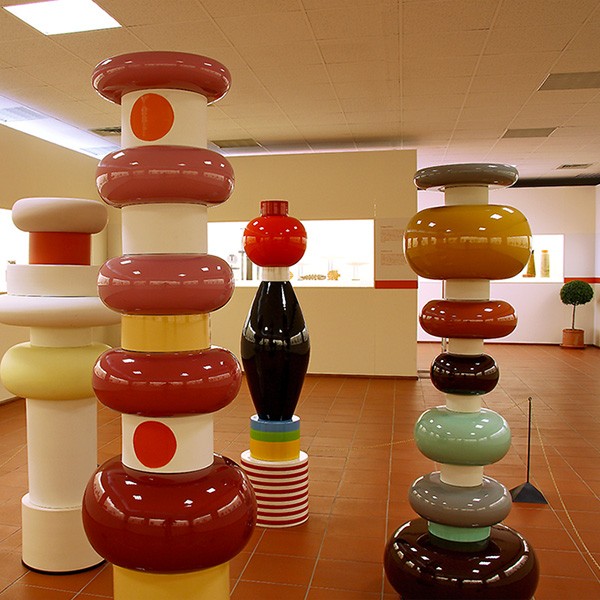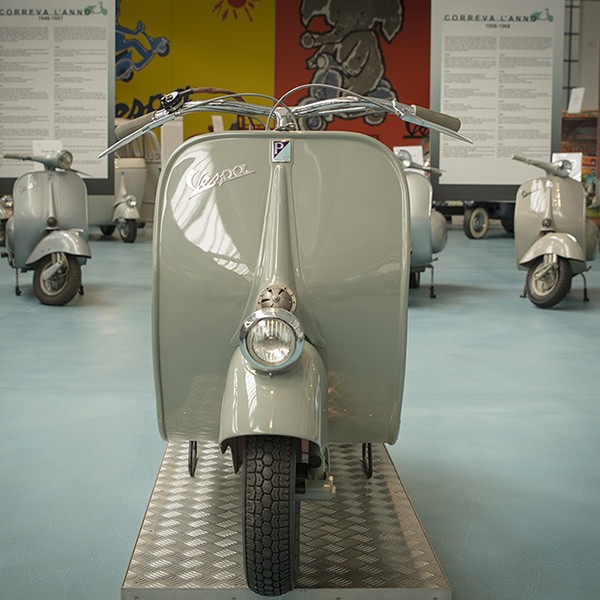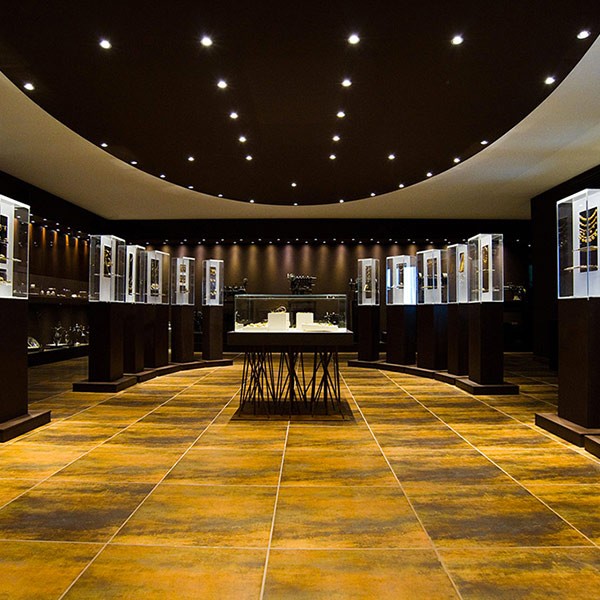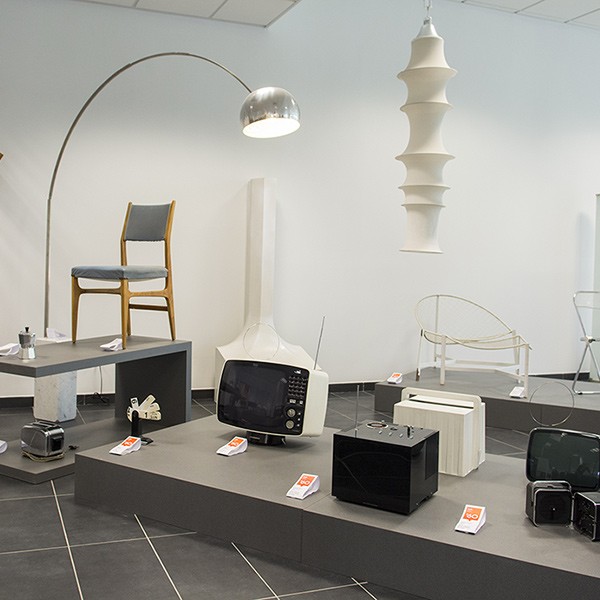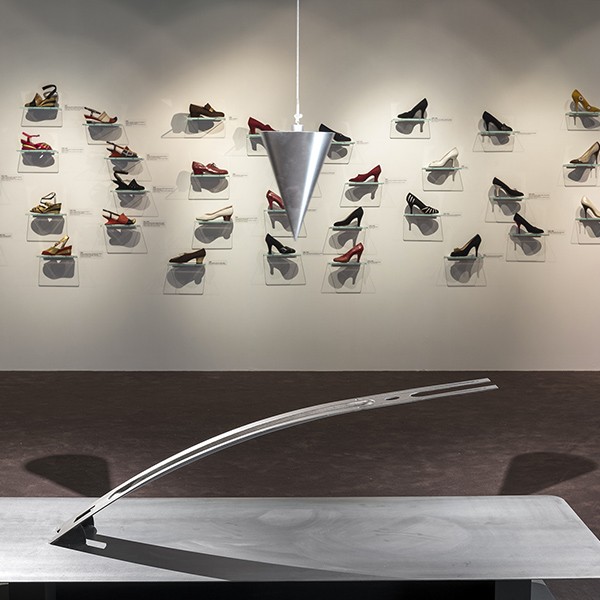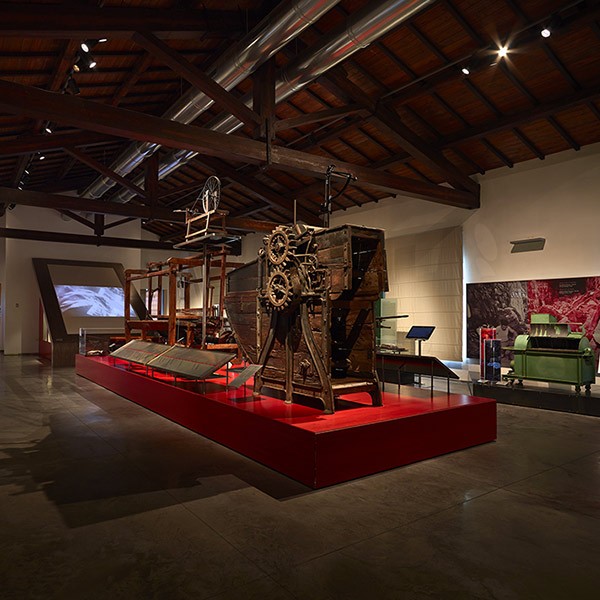That the history of fashion should be considered an integral part of the history of art is now widely acknowledged, and is particularly obvious in Italy and in Florence. To show the extent to which fashion in the 20th century in Italy was linked to artisan traditions, and to the expression of creativeness which fed on the cultural background in which it flourished and was mirrored, we have but to remember the poet, Gabriele D’Annunzio, who lived in Florence for many years: his dedication to the arts was equal to the care he paid to his dress, to the extent that, at the beginning of the century, he was considered the “father of Italian style”.
The fashion parade organised in 1951 by Giovan Battista Giorgini in the Sala Bianca in Palazzo Pitti, Florence, is now conventionally considered as the birth and recognition of Italian fashion in the world.
It could only be in Florence, therefore, and in Palazzo Pitti itself, that fashion creations were to become a heritage to preserve and exploit, thanks to the creation of the Galleria del Costume. Similarly, in Prato, for decades the home of textiles, the history of invention and research is protected and passed down by the Museo del Tessuto. The individual stories and events of the great protagonists who made Florence one of the international capitals of style are told in the Museo Ferragamo and in the Gucci Museum; whereas the astonishing dresses of another great designer who wanted to link his name to the city can be admired at the Museo Capucci.
The Piaggio Museum is evidence of how Tuscany has forged project design in the industrial field. It celebrates a company which used brilliant project designers to give life to inventions, such as the Vespa, a universal symbol and icon for many generations.

